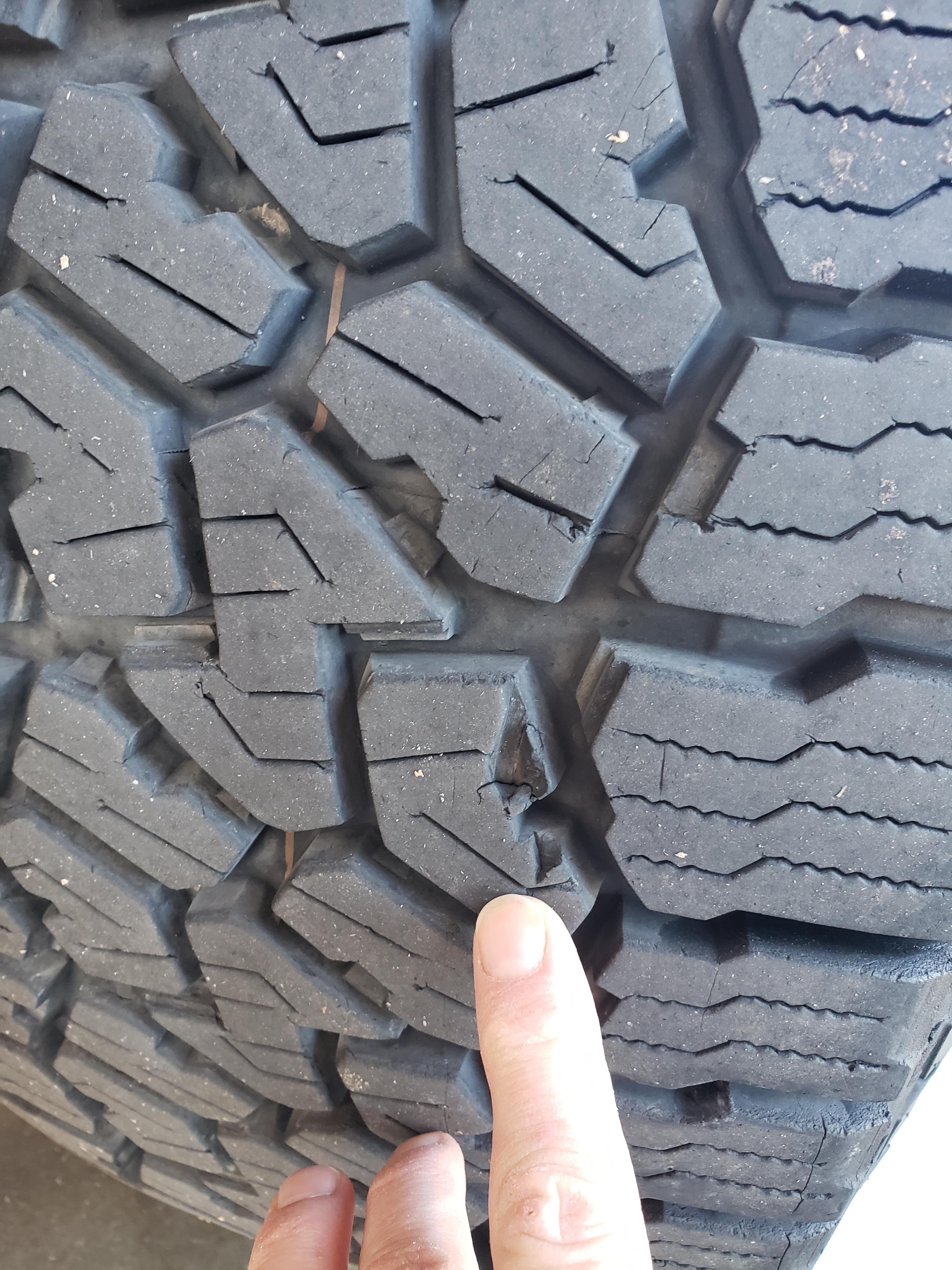
Traveler III
- 1,653
- First Name
- Chris
- Last Name
- Alarcon
- Member #
-
21876
- Ham/GMRS Callsign
- KN6GLP
I'm now running 255/75/17 BG KO2s C-Load rated tires on the Tacoma.
On the HWY I'm usually 36psi Front and 34psi Rear.
On fire roads, I typically drop down to 22~24psi. If it gets rougher or I need more traction due to loose gravel or sand, or if it's crawling over rocks, then I'm down to 20~22psi. I have gone down to 18psi but only if needed. I find going over mix terrains I'm good with 22~24psi.
At the sand dunes I dropped down to 16psi with no issues.
On the HWY I'm usually 36psi Front and 34psi Rear.
On fire roads, I typically drop down to 22~24psi. If it gets rougher or I need more traction due to loose gravel or sand, or if it's crawling over rocks, then I'm down to 20~22psi. I have gone down to 18psi but only if needed. I find going over mix terrains I'm good with 22~24psi.
At the sand dunes I dropped down to 16psi with no issues.










